News
Local Govt Ministry begins assessment of COVID-19 impact on govt policies, programmes
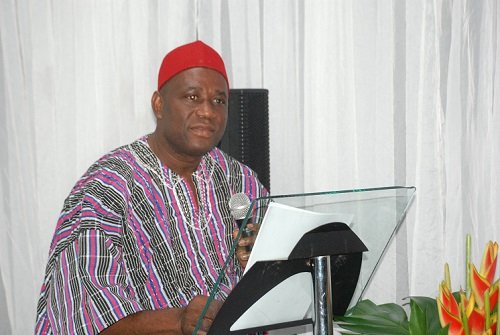
The Ministry of Local Government and Rural Development has commenced the assessment and monitoring of the effects of the coronavirus (COVID-19) pandemic on government policies and programmes, particularly the various agricultural and health initiatives and interventions in the districts.
Its objective is to determine the readiness of the leadership of the Metropolitan, Municipal and District Assemblies (MMDAs) country-wide in marshalling their forces to contain the virus in their areas and devise effective strategies to mitigate the effects of the pandemic.
Mr Augustine Collins Ntim, Deputy Minister of Local Government and Rural Development who announced this during the first leg of his assessment and monitoring tour of some MMDAs in the Ashanti, Ahafo and Northern regions last week, acknowledged the possible negative impact of COVID-19 on major government initiatives and interventions.
“The effects of COVID-19,” he noted, “are obvious” but pointed out that “as leaders and a nation, we must not allow the virus to derail our developmental efforts especially the various initiatives and interventions carefully crafted by the government to improve the lot of the people”.
“COVID-19 or no COVID-19, life must go on. So must Local governance, in particular, also go on to provide the people with the necessary direction towards the application of the safety protocols and other measures aimed at mitigating the effects of the pandemic,” Mr Ntim stated.
The Deputy Minister emphasized that the government’s current priority attention was on how to effectively protect the citizens against the virus, mindful of the fact that “the people, constituting the nation’s most important asset and resource, are also the ultimate beneficiaries of its development policies and programmes”.
Highlighting President Akufo-Addo’s vision of a rapid total national development, he explained that the various agricultural interventions hyping the Planting for Food and Jobs (PFJ), Planting for Export and Rural Development (PERD), Rearing for Food and Jobs (RFJ) and Modernisation of Agriculture in Ghana (MAG) as major programmes were specially engineered by Dr Owusu Afriyie Akoto, Minister of Food and Agriculture to boost agricultural production.
They were carefully designed to take expression at the district level where the bulk of the country’s population live with the goal of economically empowering them, promoting the export of agricultural produce and providing the raw material base of the One District, One Factory programme.
The Ministry, under the able leadership of Hajia Alima Mahama, he said, recognized the critical role of local government in the successful implementation of the programmes and was therefore poised to ensure that the MMDAs live up to the task.
Criticising the tendency of some MMDAs to expend their resources on the execution of mainly physical development projects, the Deputy Minister asked them “not to use all their funds on the provision of toilets and classrooms.”
“The MMDAs need to invest in other areas that will help to economically empower the people and make them financially-inclusive so as to enable them to pay levies and taxes with ease,” he advised.
The Deputy Minister indicated that while most of the MMDAs are doing very well in providing leadership in the area of rural economic development, others are not and advised that the nonchalant attitude of some MMDAs must give way to sound reasoning and judgment.
“The Akufo-Addo administration is not the business as usual type. It’s a serious government engaged in serious business and therefore won’t countenance any feet-dragging”, Mr Ntim cautioned.
Source: Ghanaian Times
News
‘Thousands of Ghanaian women suffering from Obstetric Fistula’
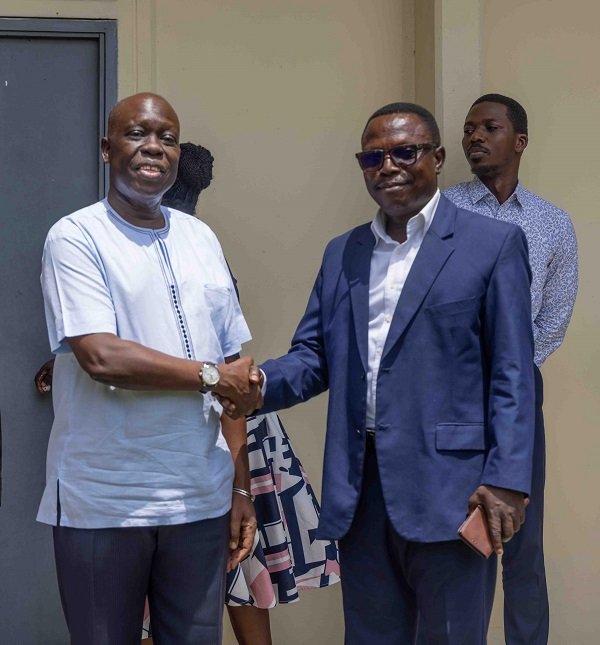
Thousands of Ghanaian women continue to suffer in silence from Obstetric Fistula (OF) due to inadequate access to surgical treatment, the United Nations Population Fund (UNFPA) has revealed.
Dr Wilfred Ochan, UNFPA’s Country Representative, disclosed that over the past decade, Ghana has accumulated a backlog of more than 12,000 untreated cases, despite recording an estimated 1,300 new cases each year.
He made the remarks during a visit to the New Times Corporation (NTC) in Accra to mark the International Day to End Obstetric Fistula (IDEOF).
“Only 1,000 repairs have been done in 10 years. That leaves thousands of women isolated, in pain, and excluded from society due to a condition that is both preventable and treatable,” Dr Ochan said.
He stressed the need for greater investment in surgical capacity, public awareness, and partnership, especially with the private sector— to accelerate Ghana’s efforts to eliminate the condition by 2030.
Obstetric Fistula results from prolonged or obstructed labour without timely medical care, causing a hole between the birth canal and bladder or rectum, leading to continuous leakage of urine or faeces. The consequences include stigma, chronic incontinence, and often, the death of the baby.
To help close the treatment gap, the UNFPA is working with health institutions including the Komfo Anokye and Cape Coast Teaching hospitals to scale up surgeries and outreach.
“We must not allow women to suffer lifelong trauma for simply trying to give life,” Dr Ochan urged.
The Managing Director, Mr Martin Adu-Owusu, pledged NTC’s support in raising public awareness and promoting maternal health initiatives.
“We are ready to collaborate with you to ensure that maternal deaths and issues affecting women come down to the barest minimum so that together we can achieve the UN goal to eliminating Obstetric Fistula by 2030,” he said
By Esinam Jemima Esinam
News
Inflated prices of Abaya, Jalabiya on Eid-al-Adha celebration

Muslims in Ghana and all over the world yesterday observed the Eid-al-Adha celebration.
It falls on the first day of Shawwal, the 10th month of the Islamic calendar and is celebrated by Muslims to mark the end of the month-long dawn-to-dusk fasting of Ramadan.
The build up to yesterday’s edition was characterised by a high demand for traditional Islamic attire here in Tamale, leading to a sharp rise in prices.
Checks by The Spectator from the various markets in the Tamale area revealed that prices for popular outfits like the Abaya, Jalabiya, and Kaftan have skyrocketed within the period.
Although there is no prescribed outfit for the celebration, many Muslims in Tamale traditionally choose modest and loose-fitting garments that reflect Islamic values.
Abayas and Jalabiyas often imported from Turkey, Dubai, Egypt, and Northern Nigeria have become particularly the most sought-after attires, resulting in the price hikes.
Currently, prices for men’s attire range from GH₵250 to GH₵800 while women’s outfits are selling from GH₵350 to GH₵1000.
Children’s garments are also not left out of the pricing craze. Bargaining for the youngsters starts from GH₵150.
Hajia Naila Abdul Karim, owner of ‘Cover with Style,’ confirmed a significant surge in sales in the holy month.
“Each day, more than 20 people, mostly women walk into the shop. We also send over 40 parcels daily to customers across the country,” she stated.
She attributed the price increases to the cedi’s depreciation and a recent shortage of Turkish imports, noting that most of her stock now comes from Dubai.
Hamdia Kamil, a loyal customer, shared her experience: “Two years ago, I bought an Abaya for GH₵350. This year, it’s GH₵650. I had no choice because it’s a special occasion and I want to feel good. Still, I hope the dresses are made affordable so others can also celebrate in style.”
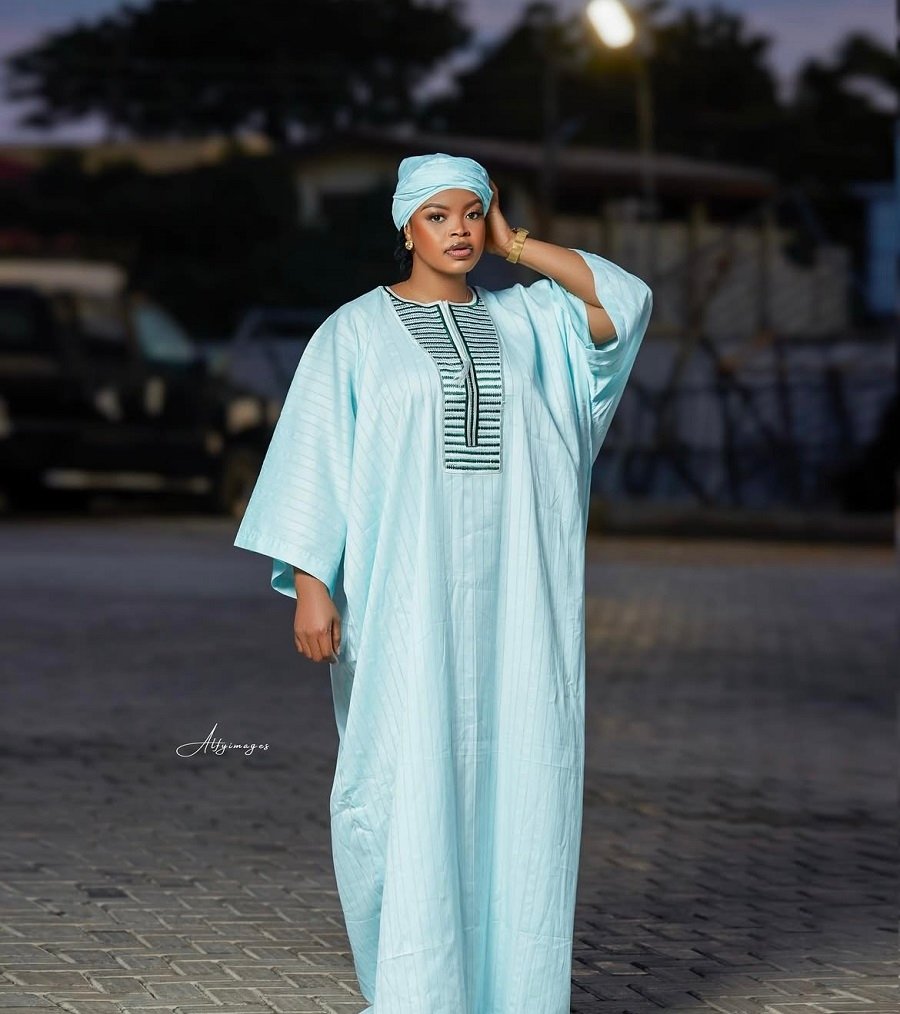
At Baby Last Closet in Sakasaka, another fashion outlet, prices for women’s outfits range from GH₵350 to GH₵1,300, while men’s attire goes from GH₵250 to GH₵1,000.
“Some customers complain about the cost, but because it’s Ramadan, many still go ahead and buy,” said the shop owner.
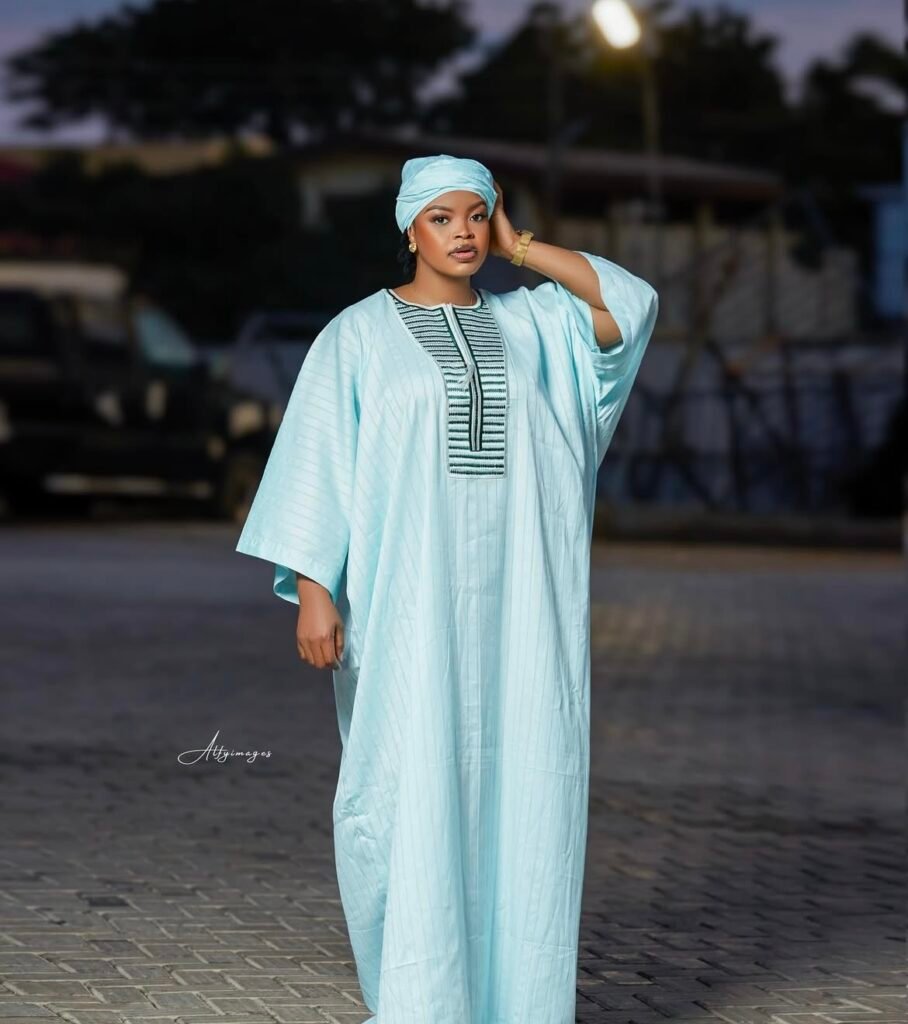


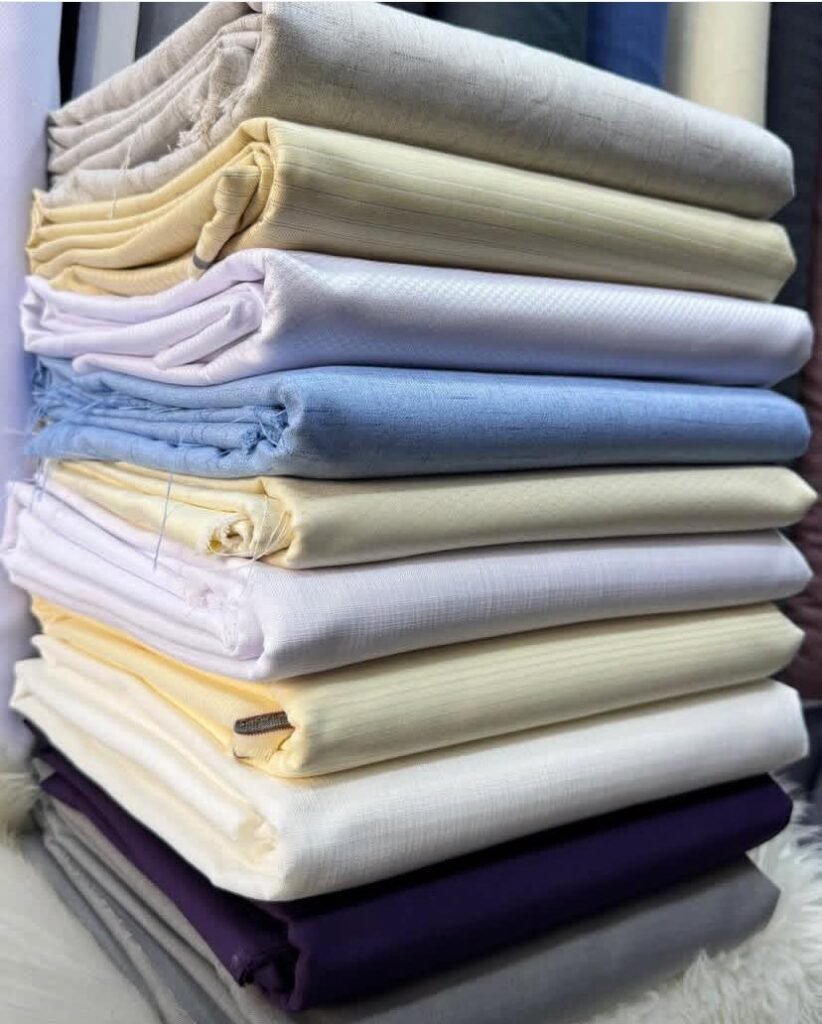

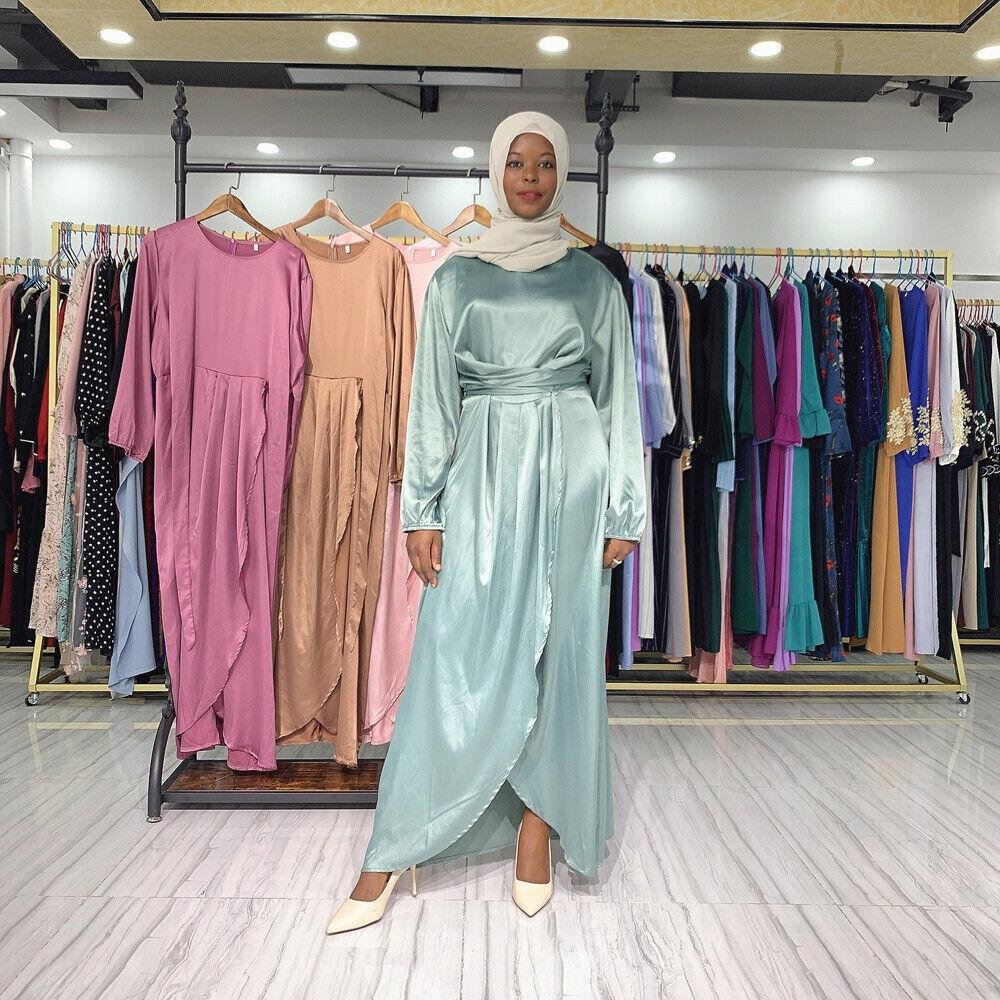
Similarly, Mandy’s Haven at Zogbeli sells exclusively for Eid celebrations, dealing in high-end Abayas, Jalabiyas, and Kaftan materials. Prices there reflect quality and origin, with female attire ranging from GH₵450 to GH₵5,000, and kaftan fabric sold at GH₵200 per yard.
For many, including resident Iddrisu Suale, the holy month remains a sacred period despite the economic pressures. “Things are expensive this year, but I still want to make the day special for my children. I plan to get them Abayas and Jalabiyas from Egypt,” he indicated.
Despite the bustling nature of preparation and the high cost of goods, resident expressed optimism of having a good time in observing the deep spiritual significance of the occasion.
Story & photos by Paul Dery







